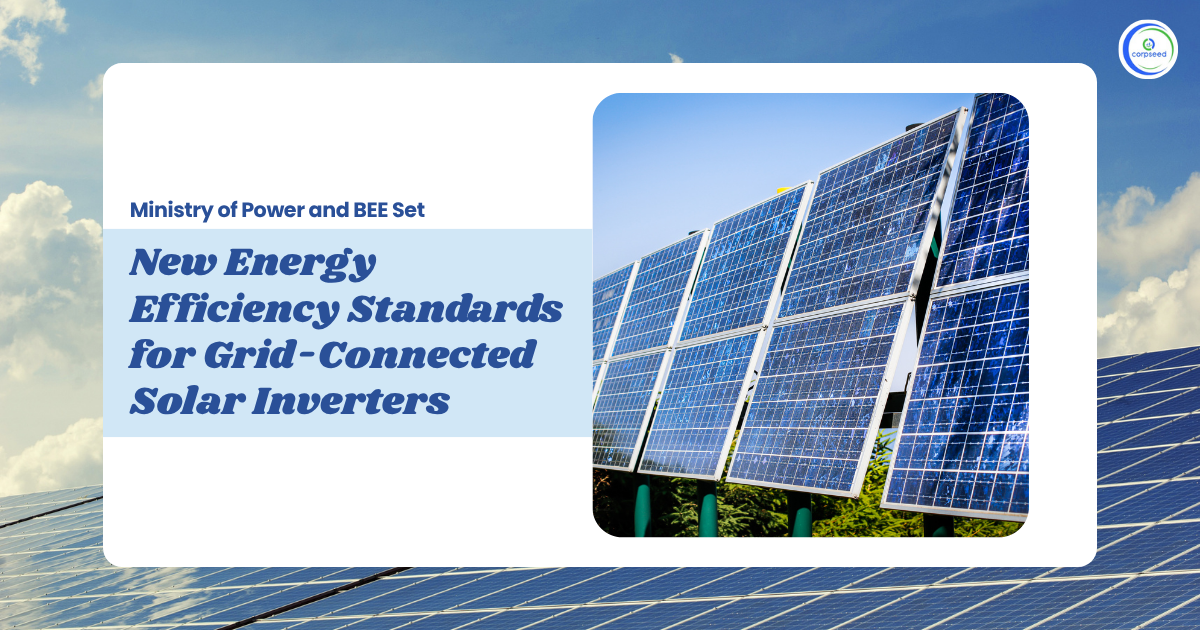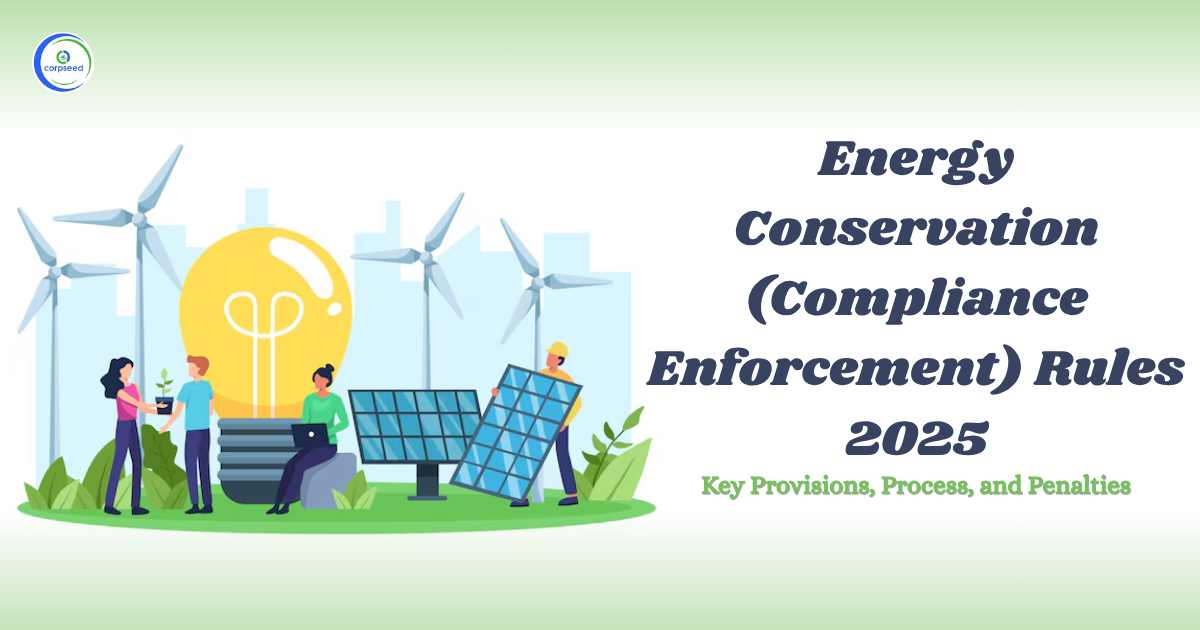Introduction: BEE Registration for Li-ion Battery And System
 A lithium-ion battery, often known as a Li-ion battery, is a rechargeable battery in which lithium ions travel from the negative electrode to the positive electrode via an electrolyte during discharge and then back again during charging. The positive electrode of a lithium-ion battery is made of an intercalated lithium compound, while the negative electrode is usually made of graphite.
A lithium-ion battery, often known as a Li-ion battery, is a rechargeable battery in which lithium ions travel from the negative electrode to the positive electrode via an electrolyte during discharge and then back again during charging. The positive electrode of a lithium-ion battery is made of an intercalated lithium compound, while the negative electrode is usually made of graphite.
Li-ion batteries have a high energy density, little memory effect (with the exception of LFP cells), and a low self-discharge rate. Cells can be made to emphasize either energy or power density. They can, however, be a safety problem because they contain flammable electrolytes, which can cause explosions and flames if damaged or incorrectly charged.
Table of Contents
What is the Importance of BEE?
The main objective of the BEE star labeling scheme is to ensure that the end consumers of India get high-energy efficiency products.
In May 2006, the Minister of Power launched a star labeling program to make electrical appliances more energy efficient. Under the province of this scheme, total of 30 products are covered. From which 10 are covered under a mandatory scheme and 20 under a voluntary scheme.
Mandatory Product List
Voluntary Product List
What Does The Star Rating Mean?
Any buyer willing to buy a BEE-registered product can identify the product's energy efficiency just by looking at the number of stars the label on the product has. The more stars, the more energy-efficient is the product and the more electricity it will save.
A 5-star rated product has the highest efficiency and the 1-star rated product has the lowest efficiency.
The star label acts as an energy efficiency guide for the end consumer or buyer. However, in the market, the price of the 5-star rated products is on the high side as compared to the 1-star or 2-star rated products. But in the long term, the highly efficient product saves you more money on your electricity bills.
BEE Registration Process
The entire BEE registration process is categorized into three major steps, which include online fillings and hardcopy submission. The entire lifecycle of getting your product registered with BEE involves company registration followed by product testing and model approval. Below is a brief description of the process involved in each step of registration.
Company Registration: The very first step of star-labeling registration is to get the company registered with the BEE on their online portal. Any manufacturer/importer/trader who wishes to apply under the scheme has to undergo this step. The registration process involves the submission of mandatory documents and details of the applicant. Documents such as ISO 9001, Trademark, COI, Authorisation letter, etc are required to be uploaded at the time of online filling. Also, the applicant needs to submit the hardcopy originals to the Bureau of Energy office.
Apart from the online filling, the applicant needs to pay a fee of 1, 00,000/- (If the applicant is a large-scale industry) or 25,000/- (If the applicant is an MSME).
Testing: Once the company registration application is approved by the bureau, the applicant receives login credentials for his portal over the registered email ID. Using the same the applicant can fill out the model registration application. However, before proceeding with the model registration process, the applicant needs to get his products tested from a NABL accredited lab or from an ILAC MRA lab. The test report must be as per the BEE-defined format and must consist of all the testing parameters. For product testing, the applicant needs to share the testing documents along with the product sample as prescribed by the testing facility. Also, before applying for the model registration, it must be cross-checked that the LAB reports issue date is not greater than 90 days.
Model Registration: Once the testing is complete, the applicant can now apply for model registration on the online BEE portal. The registration requires mandatory documents in a specified format along with the test report (not older than 90 days). Once all the documents and details are uploaded online along with a sample label. A fee of INR 2000 is to be paid to the bureau.
Once the application is submitted online, all the hardcopy originals along with the online application and payment receipt are too submitted to the department.
The department scrutinizes all the submitted and received documents to provide the final license to the applicant.
Validity for BEE Registration
The BEE validity is dependent upon the labeling period which is released by the bureau. For example, the current labeling period for Variable Air Conditioner is 1st January 2021 to 31st
December 2023, hence before 31st December 2023, the applicant has two options, either to degrade its star rating or to renew the same star rating as per the newly released table by making necessary changes in their product and enhancing its efficiency.
Sample Label and labeling period
Energy efficiency labels are mandatory labels affixed to a registered product, describing its energy efficiency and consumption. A star rating, ranging from 1 to 5 in the ascending order of energy efficiency is provided to the permittee and products registered with the Bureau.
A label period is a duration prescribed by BEE for which the star rating of a product is valid. When the labeling period for a particular product is revised by the department, the star rating calculation table and energy performance criteria for the product are also upgraded.
ISI Registration
ISI Mark registration is a quality assurance process managed and provided by BIS. It guarantees that a product meets Indian safety and quality standards, making it easier for consumers to trust. ISI Mark certification increases confidence and compliance across industries in India.
BIS Registration
BIS Registration ensures that products meet quality and safety standards as set by the Bureau of Indian Standards (BIS). It involves submitting an application, undergoing testing, and obtaining the BIS certification mark. This process helps protect consumers and ensures product reliability
BEE Registration
The BEE is a statutory body under the Energy Conservation Act, 2001. It is regulated under the Ministry of Power, Government of India. In today’s time, Energy efficiency has become a crucial part of product manufacturing. Obtaining a BEE certificate ensures compliance while maintaining the government standards.
This portion of the site is for informational purposes only. The content is not legal advice. The statements and opinions are the expression of author, not corpseed, and have not been evaluated by corpseed for accuracy, completeness, or changes in the law.
BOOK A FREE CONSULTATION
Get help from an experienced legal adviser. Schedule your consultation at a time that works for you and it's absolutely FREE.











.webp)



